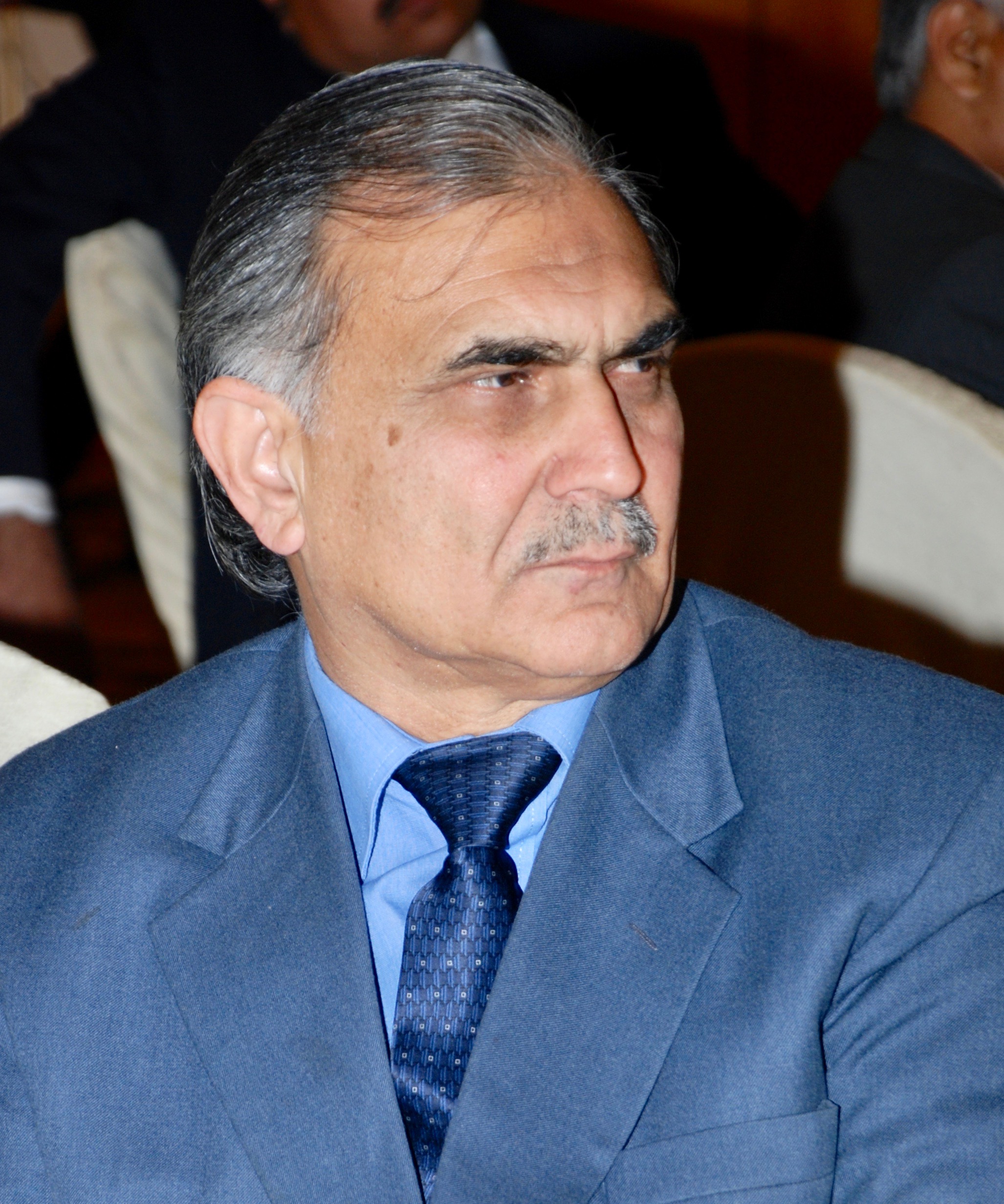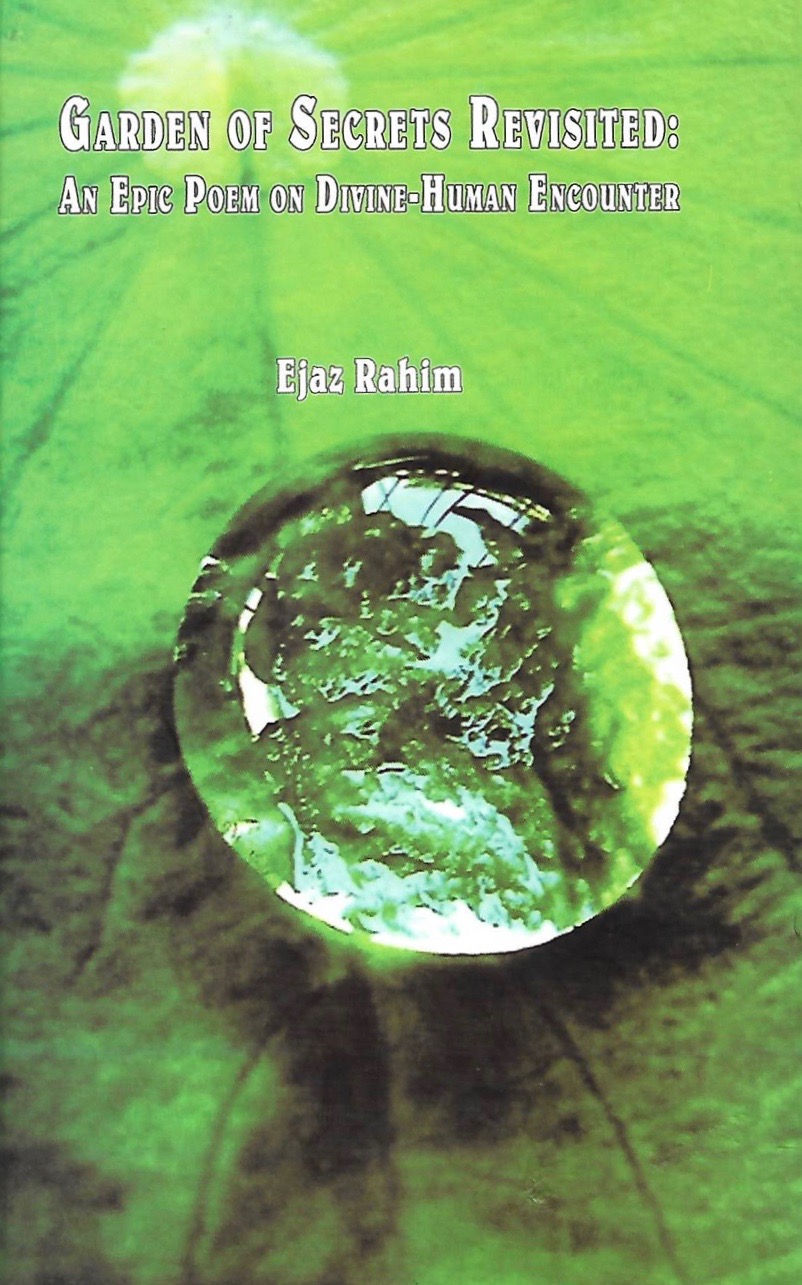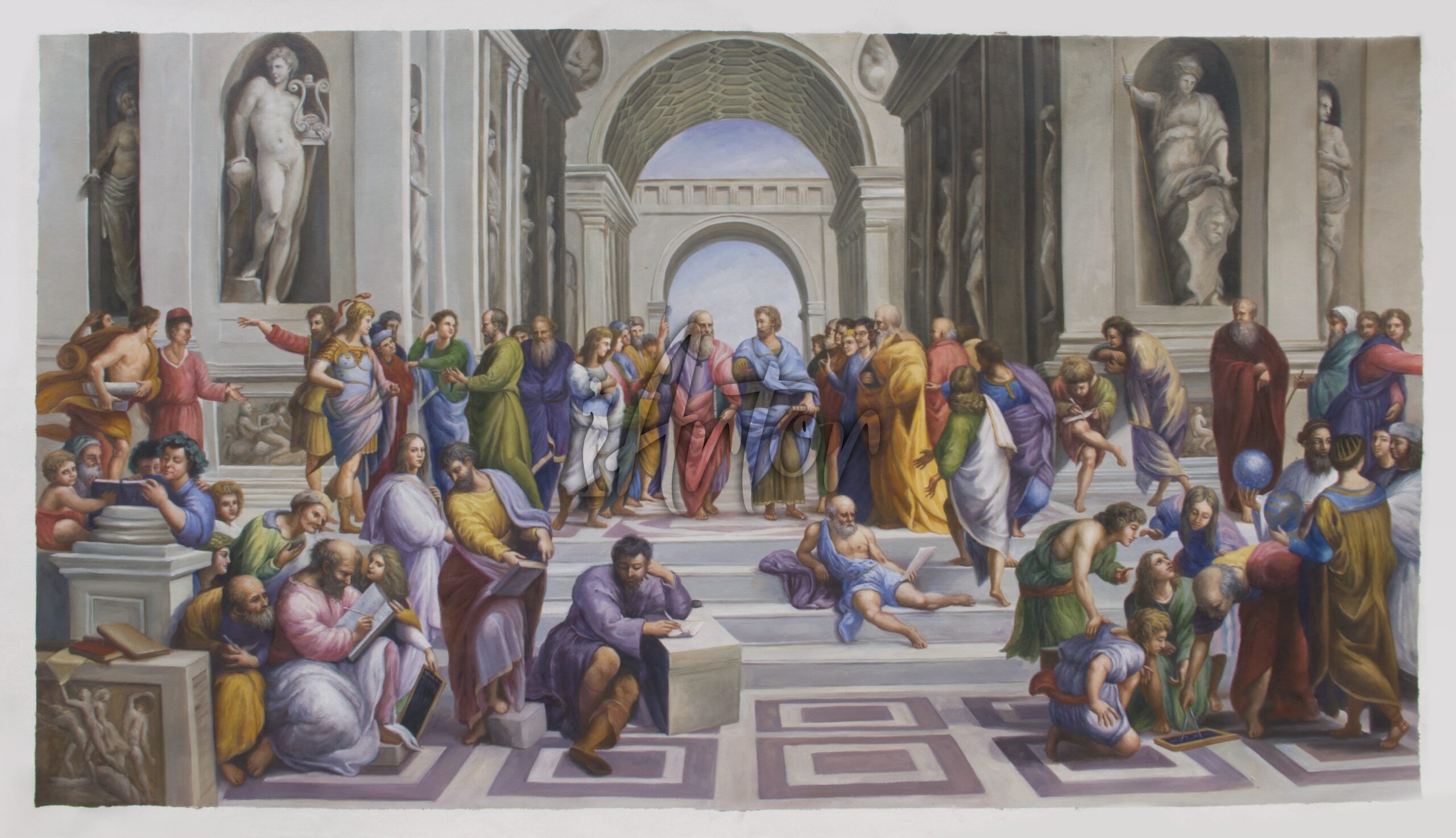
Epic poems are rare in contemporary Pakistani literature. In Urdu, Hafiz Jallunderi’s Shahnama-e-Islam stands out. The late Shuakat Wasti rendered Milton’s Paradise Lost in Urdu under the title Firdos-e-Gum Gashta. His 1999 Qalam Ka Qarz could also be considered an epic.
Ejaz Rahim is an unusual man. All his working life, he was a civil service officer who worked on all rungs of the provincial and federal bureaucracy and reached the pinnacle of civil service as secretary of the cabinet division in Islamabad. It is worth noting that during service he had the reputation of a scrupulously honest and God-fearing officer. He is also a romantic and a poet by heart. He has authored 25 books of English poetry and has garnered quite a few prestigious literary awards. He writes about mundane to profound with equal ease and facility.
For this book, the author took inspiration from the 14th-century Persian poet Mahmud Shabistari whose epic poem Gulshan-e-Raaz was one of the important references in Islamic Sufi literature. Allma Iqbal wrote a poem titled Gulsahan-e-Razz-e-Nau (New Garden of Secrets).
Title: Gardens of Secrets Revisited
Author: Ejaz Rahim
Pages: 248
Year of Publication: 2020,
Price: Rs.575
ISBN: 978-969-496-549-9
Publishers: Dost Publications, Islamabad

Ejaz Rahim is a devout Muslim, but he does not wear his faith on his sleeve. Instead, he grants equal respect and reverence to other faiths and philosophies. To him, the debate is not about superiority of one faith over others, but rather a collective tussle between faith and reason. In order to understand the boundaries of this tussle, he ploughs through the history and prehistory of mankind to discuss the singular urge of man to connect the physical world with a life that has spiritual yearnings.
He is one of a limited number of intellectuals who while believing in religion is also a true believer of science. He explores the outer boundaries of known science and comes face-to-face, as have many thinkers and philosophers, with a large void. Is there a poorly defined, fog encased milepost, he seems to muse, that could bring science and faith together?
The book is divided into 15 chapters of varying lengths. Each chapter stand as a complete poem in itself, but together they chart the history of mankind. He starts out with a premise:
Disbelief and doubt have passed
Like locusts over our croplands
Voices of negation have joined forces
To dig deep trenches around themselves.
Old issues have returned afresh
But the hardest assault has come
From modernity’s advances
Led by Technology and Science-
Two new warrior reincarnations
Of Alexander and Macbeth.
Science and technology have opened-up new horizons, but they fall woefully short on giving some answers to the wider view of our existence. In fact, it is a struggle between those who worship at the alter of Newtonian physics and those who search for dimension that underlies our very existence.
Is there a poorly defined, fog encased milepost, he seems to muse, that could bring science and faith together?
Dr. Alan Lightman holds professorships in Physics at Harvard and at the Massachusetts Institute of Technology (MIT), as well as a professorship in the practice of Humanities at MIT. In his 2018 book Searching for Stars on an Island in Maine he narrates a spiritual experience that he had while gazing at the stars one dark night. It was not a conversion from science to faith, but a profound experience that made him realise that there is a whole lot that we do not know. As he puts it, we long for absolutes in a relative world.
In the ongoing noisy debate about Science vs Faith, Ejaz Rahim laments:
Divinity Stays strangely silent
In the face of cataclysms
And many wonder if the Holy One
Still washed his sacred feet
In history’s limpid stream
Or has chosen to wash His hands
From the world’s dirty linen.
Prophet of God-
What is the honest truth?
Have humans forsaken God
Or has He forgotten us?
 Here, one finds echoes of Iqbal’s Shikwa.
Here, one finds echoes of Iqbal’s Shikwa.Commentators and critics have called this book a tour de force of Ejaz Rahim. They are right. To write in verse the complexities of Faith and Reason, one has to be well versed both in science and religion. Ejaz Rahim does that with finesse and sensitivity.
While reading the book, I could not help but recall the great painting ‘The School of Athens’ by the Italian renaissance artist Raphael. In early 1500, he painted three frescos in the Apostolic Palace in Rome. They represented Theology (La Disputa), Philosophy (this fresco is commonly called the ‘School of Athens’) and literature (Parnassus). In each fresco, the artist depicted figures that were not contemporary but from different eras. By putting them in one majestic setting together, the painter represented the cumulative knowledge in those fields. In the book under review, Ejaz Rahim paints with words – but on a much bigger canvas. His discourse encompasses the history of science, philosophy and religion in a grand sweep. Unlike the frescos in the Vatican, the characters in this book talk and expound on their beliefs and disbeliefs. Here is the author again:
In the eyes of Science
Knowledge springs from romance
Between Matter and Mind
But in Religion’s view
It is a love story between
The Human and the Divine
In this book the scientists and philosophers, prophets and saints, poets and commoners travel in time, like the characters in Raphael’s frescos, to talk and expound on their ideas. The author concludes thus:
Between Religion and Theology
God has been a bridge
But philosophy and Religion
Have often stood on opposite banks
And glared at each other
Those who are inclined to believe, will rejoice in reading this book. Those who believe in nothing but the hard sciences will not be easily persuaded. Ejaz Rahim started on this journey discussing the evolution of religions and science. While there is temptation to say that never the twain shall meet, the author points out the yawning gaps that exist in our knowledge of the physical world and the cosmos. Perhaps it is there, in those metaphorical and metaphysical bogs, that science and faith coalesce – if we could only get that far.
In 2009 President Barak Obama appointed Dr. Francis Collins as head of the National Institutes of Health (NIH). It is the biggest biomedical research agency in the world. Dr. Collins, a geneticist, has been working on the human genome project, a monumental task that aimed to decipher the entire genetic makeup of human beings. And Dr. Collins is a devout Christian, but does not find any contradiction between Science and Faith. He has famously said:

“The God of the Bible is also the God of the genome. God can be found in the cathedral or in the laboratory. By investigating God’s majestic and awesome creation, science can
actually be a means of worship.”
There are scientists who firmly believe that this universe came into being as a scientific phenomenon and all lifeforms evolved from single cells. Then there are those who look beyond the cut-and-dry approach to the universe and allow realisation of spirituality through science. In the words of the Carl Sagan, the famous astronomer (1934-1996), science is not only compatible with spirituality; it is a profound source of spirituality. There are scientists and believers who are not hard-nosed about their own points of view to the exclusion of others. Francis Collins, Alan Lightman, Carl Sagan and Ejaz Rahim are among that small but enlightened group. They are the kind that 19th-century Urdu poet Mirza Ghalib mentioned in this couplet 170 years ago:
Qatre mein Dajla dikhai na de aur juzz mein kul
Khel larhkon ka hua deeda-e-beena na hua
(Not to see the Ocean in the Drop
And the complete in the fragmentary,
Would be the idle pastime of a child
Not the vision of the seeing eye)
Ejaz Rahim has written a great book. While Homer’s Iliad and Odyssey and Milton’s Paradise Lost are staples in the study of literature in the West, in Pakistan they remain mostly unknown. Ditto for Shaukat Wasti’s excellent translation in verse of Paradise Lost.
Gardens of Secrets Revisited by Ejaz Rahim is bound for the same fate – unless it is included in the syllabi of colleges and universities. It is all the more significant that his poetry is currently the subject of PhD theses at National University of Modern Languages (NUML) in Islamabad.
Dr. Sayed Amjad Hussain is an emeritus professor of surgery and an emeritus professor of humanities at the University of Toledo, USA. His is also an op-ed columnist for the daily Toledo Blade and daily Aaj of Peshawar. He may be reached at aghaji3@icloud.com

